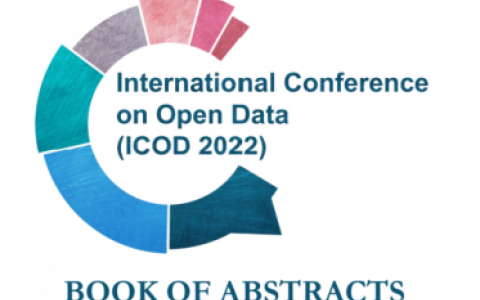News
Project analytics
Progress within core work packages
XML
Extensible Markup Language, a simple and powerful standard for representing structured data. It is a markup language that defines a set of rules for encoding documents in a format which is both human readable and machine readable. It is a flexible language for creating common information formats and sharing both the format and content of data over the Internet and elsewhere. XML is a formatting language recommended by the World Wide Web Consortium (W3C).
XLS(X
A proprietary spreadsheet format, the native format of the popular Microsoft Excel spreadsheet package. Older versions use .xls files, while more recent ones use the XML-based .xlsx variant.
Source: ODH
WSDL
An XML-based language (Web Services Description Language) used to describe the services a business offers and to provide a way for individuals and other businesses to access those services electronically.
Source: US OD
Web Service
A Web service is a software system designed to support interoperable machine-to-machine interaction over a network. It has an interface described in a machine-processable format (specifically WSDL). Other systems interact with the Web service in a manner prescribed by its description using SOAP messages, typically conveyed using HTTP with an XML serialization in conjunction with other Web-related standards
Web API
An API that is designed to work over the Internet.
Source: ODH
Web 3.0
A colloquial description of the part of the World Wide Web that implements machine-readable data and the ability to perform distributed queries and analysis on that data. It is considered synonymous with the terms ‘semantic web’ and ‘the web of data’.
Web 2.0
A colloquial description of the part of the World Wide Web that implements social networking, blogs, user comments and ratings, as well as related human-centred activities.
Web 1.0
The first generation of the World Wide Web, characterised by separate static websites rather than continually updated weblogs and social networking tools.
Pagination






